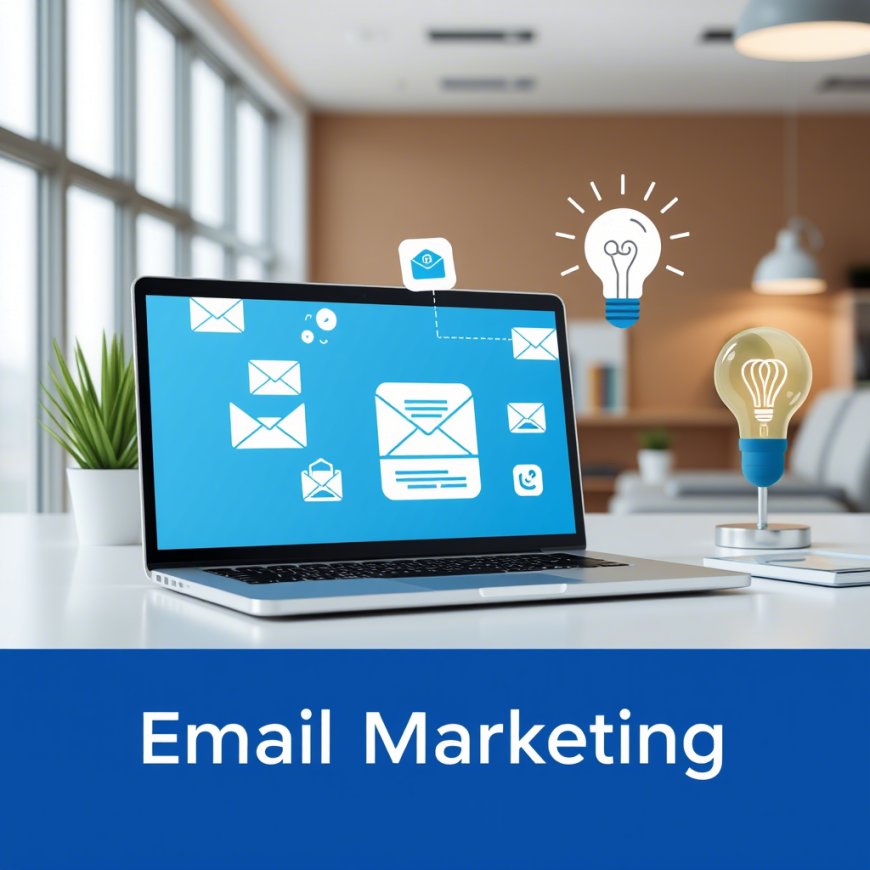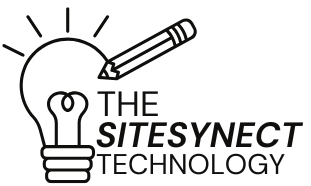Automated Email Marketing: Tools and Best Practices
Discover the best tools and actionable strategies for automated email marketing in 2023. Learn how to save time, boost conversions, and master personalized campaigns.

Introduction
Email marketing isn’t dead—it’s evolved. In 2023, businesses leveraging automated email marketing see 320% more revenue than those relying on manual campaigns (Campaign Monitor). From welcome sequences to cart abandonment recovery, automation lets you deliver hyper-personalized messages at scale. Dive into the tools and tactics reshaping email marketing today.
What is Automated Email Marketing?
Automated email marketing uses software to send targeted emails based on user behavior, preferences, or schedules. Think:
-
Drip campaigns nurturing leads over time.
-
Triggers like abandoned carts or browsing history.
-
AI-driven personalization for 1:1 relevance.
Why Automate? Key Benefits
-
Save Time: Set it and forget it—tools handle scheduling, segmentation, and follow-ups.
-
Boost Engagement: Personalized subject lines and content improve open rates by 26% (HubSpot).
-
Increase Revenue: Automated emails generate 3x more conversions than generic blasts.
-
Data-Driven Insights: Track opens, clicks, and ROI in real time.
Top 5 Automated Email Marketing Tools in 2023
1. HubSpot
-
Best For: All-in-one CRM + marketing automation.
-
Key Features:
-
Drag-and-drop workflow builder.
-
Predictive lead scoring.
-
AI-powered content optimization.
-
2. ActiveCampaign
-
Best For: Advanced segmentation and machine learning.
-
Key Features:
-
Behavior-based triggers (e.g., link clicks, page visits).
-
Dynamic content for personalized emails.
-
3. Mailchimp
-
Best For: Small businesses and simplicity.
-
Key Features:
-
Pre-built templates for welcome series, birthdays, and re-engagement.
-
AI-driven send-time optimization.
-
4. ConvertKit
-
Best For: Creators and bloggers.
-
Key Features:
-
Visual automation sequences.
-
Subscriber tagging for niche audiences.
-
5. Omnisend
-
Best For: E-commerce brands.
-
Key Features:
-
SMS + email automation combos.
-
Product recommendation widgets.
-
2023’s Best Practices for Automated Email Success
1. Segment Your Audience
-
Split lists by demographics, purchase history, or engagement levels.
-
Example: Send VIP discounts to high-spenders, re-engagement offers to inactive users.
2. Personalize Beyond "Hi [First Name]"
-
Use dynamic content to tailor product suggestions, images, or CTAs.
-
Tool Tip: ActiveCampaign’s conditional logic adjusts email blocks based on user data.
3. Optimize for Mobile
-
60% of emails are opened on mobile. Ensure responsive designs and concise copy.
4. Test, Test, Test
-
A/B test subject lines, send times, and CTAs.
-
Winning Formula: Emojis in subject lines boost opens by 28% (Moosend).
5. Automate Cart Abandonment
-
Send a series:
-
Reminder + urgency (“Your cart expires in 2 hours!”).
-
Offer a discount or free shipping.
-
Pitfalls to Avoid
-
Over-Automation: Don’t spam—space out emails and respect unsubscribe requests.
-
Ignoring Analytics: Track metrics like bounce rate and spam complaints to refine campaigns.
-
Generic Messaging: Use AI tools like Phrasee to craft emotionally resonant copy.
Case Study: How XYZ Apparel Grew Sales by 45%
By automating post-purchase upsell emails and segmenting customers by style preferences, XYZ Apparel reduced manual work and increased average order value by 30% in 90 days.
Conclusion
Automated email marketing is no longer optional—it’s essential for staying competitive. With tools like HubSpot and ConvertKit, paired with smart segmentation and testing, you can turn subscribers into loyal advocates. Ready to automate? Start with a free trial and watch your ROI soar.
What's Your Reaction?
 Like
0
Like
0
 Dislike
0
Dislike
0
 Love
0
Love
0
 Funny
0
Funny
0
 Angry
0
Angry
0
 Sad
0
Sad
0
 Wow
0
Wow
0







































